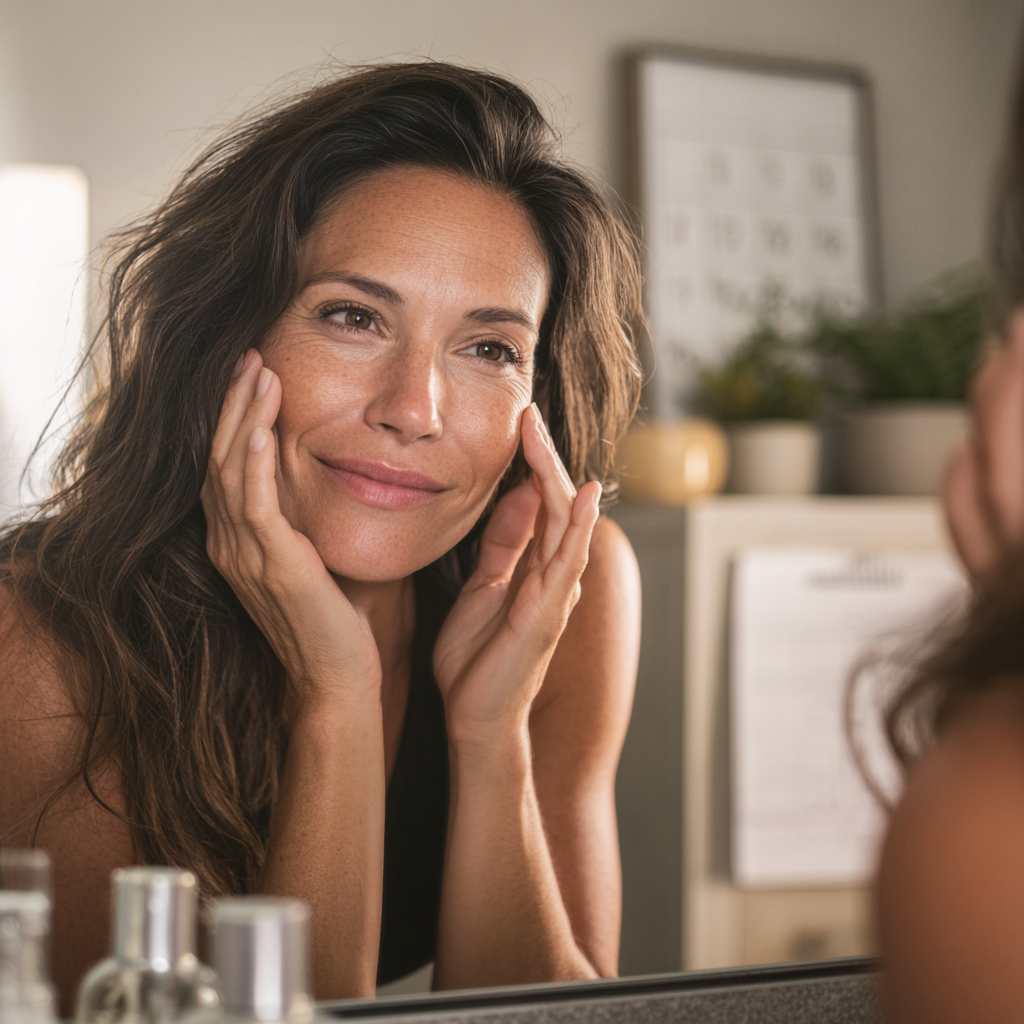Look, I'm not the type of person who falls for every beauty trend that comes along. I need to see the science, understand how something actually works, and know that it's not just another expensive gimmick. So when my friend mentioned these silicone patches that supposedly smooth out wrinkles overnight, I was skeptical.
But here's the thing—I was also curious. After spending way too much money on skincare products that promised the world but delivered minimal results, I figured it was worth understanding what these patches actually do. Additionally, I wanted to know if they're safe, effective, and whether they could fit into my already-busy routine.
So I did what I always do: I researched. And honestly, what I found was pretty interesting.
How Wrinkle Patches Actually Work
The science behind wrinkle patches is actually quite straightforward. They work through three main mechanisms:
1. Occlusion: The patch creates a barrier over your skin, which prevents moisture loss and helps hydrate the area underneath. Think of it like creating a mini greenhouse effect on your skin.
2. Hydration: By trapping moisture and potentially delivering hydrating ingredients directly to the skin, patches can temporarily plump up fine lines and wrinkles.
3. Muscle Relaxation: The physical presence of the patch can limit facial muscle movement in the treated area, which may help prevent the formation of expression lines and allow existing wrinkles to relax.
What I found most compelling is that this isn't some revolutionary new concept—it's based on established dermatological principles. The occlusion method has been used in medical settings for decades to help heal wounds and improve skin hydration.
The Questions Everyone's Asking
Now, I know what you're thinking—how do these compare to the other options out there? I wanted to understand where patches fit in the bigger picture, so I broke down the main anti-aging approaches:
| Treatment | How It Works | Results Timeline | Cost | Best For |
|---|---|---|---|---|
| Botox | Temporarily paralyzes muscles | 3-7 days to see results | $300-800 per session | Deep expression lines |
| Retinol | Increases cell turnover | 3-6 months for visible results | $15-100 per product | Overall skin texture |
| Wrinkle Patches | Occlusion + hydration + muscle relaxation | Immediate to 24 hours | $20-60 per box | Fine lines, prevention |
What struck me about this comparison is that each approach has its place. They're not necessarily competing with each other—they're addressing different concerns at different stages.
For someone like me who wants results without a complicated routine or invasive procedures, patches offer a middle ground. They're more immediate than retinol but less invasive than injections. Additionally, they can be used as needed rather than requiring a daily commitment.
The research I found suggests that wrinkle patches are most effective for fine lines and as a preventative measure. They work particularly well for areas where you tend to scrunch or furrow—like between the eyebrows or on the forehead.
But here's what I really appreciated: they're not trying to be a miracle cure. The science is clear about what they can and can't do. They're not going to erase deep wrinkles that have been forming for decades, but they can help with surface-level concerns and prevent new lines from forming.
For me, that honesty is refreshing. I'm tired of products that promise to turn back time by twenty years. I want something that works with my skin, fits into my life, and gives me realistic results.
The bottom line? Wrinkle patches are a legitimate skincare tool backed by solid science. They're not magic, but they don't need to be. Sometimes the most effective solutions are the simplest ones.


